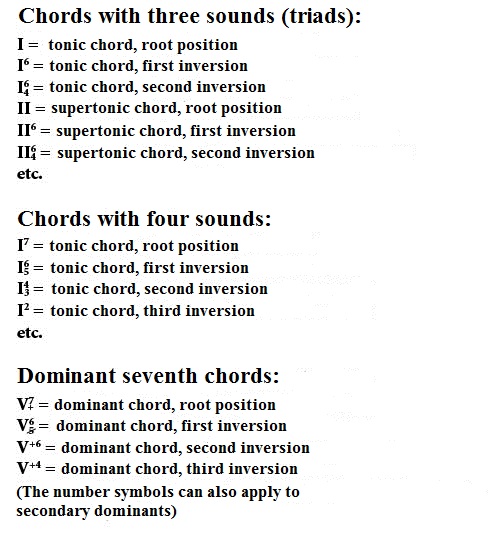The Neapolitan chord (or N) : see the generative pair, related question: the Neapolitan sixth chord
This : Bravo, you have understood how it works.
The phrygian half-cadence:
the phrygian half-cadence refers to a half-cadence, in the minor mode,
which links the function IV, as a minor chord in first inversion, to
the function V, as a major chord in root position. Having been used
abundantly, if not over-abundantly, in the Baroque period, it is
sometimes called a "Baroque half-cadence". During that period composers
strove creatively for diverse approaches to the said cadence from the
function I, deploying all the tricks of ornamentation, and leaving free
rein to improvisation on this motif no 17. It is in keeping with this spirit that we find
it as the theme of many chaconnes (see examples 288 and 292 of part 1).
Figure 42


Example 449 : J.S. Bach: Sonata no 1 for solo violin, BWV 1001, Adagio (mm 15-17)

Roman numerals, Arabic numbers :
if you have never been taught this convention, the use of Roman
numerals may be confusing. Well, it is confusing... Often when we open
a harmony treatise by page 2 there is already reference to Roman
numerals, as though they were self evident. If you are self-taught,
well, you might get a bit lost.
Generally, we use Roman numerals to
designate the function of a chord according to the degree of the scale
on which it is built. For example, in C major, the C chord will be
designated I, the D minor chord II, the E minor chord III, etc. As
such, in all keys the I chord always refers to the tonic chord, the V
chord always refers to the dominant chord, the IV chord always refers
to the sub-dominant, etc. With this notion it is easier to understand
this little chart:
Figure 44

(obviously this chart, as well as most figures on the site, are all presented in the key of C, major or minor).
Generally,
analysis will be limited to the exclusive use of Roman numerals to
designate harmonic functions and only when
insisting on the state of a chord (root position or an inversion) will we use Arabic numbers.
It is unfortunately not here that you
will learn to untangle the Arabic numbering system, nor the how and why of these
numbers (many good books already explain the procedure); I will content
myself with only a little reminder:

Augmented sixth chords :
The three augmented sixth chords (Italian sixth, French sixth, German sixth)
Common traits:
- their fifth is lowered
- they are most often found (but not always) built on the fifth of the
chord (outlining the characteristc augmented sixth interval)
- they generally function as the dominant of the dominant (V of
V), but they can also appear as a principal dominant or a secondary
dominant of another degree
- they can also fill a strictly ornamental role (see part 1, Example 12, measures 22 and 24)
Specific traits:
- The French sixth: dominant seventh chord
- The Italian sixth: dominant seventh chord without its root (diminished fifth chord)
- The German sixth: dominant minor ninth chord without its root (diminished seventh chord)
Figure 44

Mode mixture (or m.m.) : the abbreviation m. m. refers to the expression mode mixture,
designating a free exchange of the respective chords belonging to two
antagonistic modes that correspond to the same tonic (for
example: C major and C minor) - this exchange occurs within the
same H.S.U.. It is necessary to realize however that given the
inherently rich chord content of the minor mode (due to the three minor
scales: natural, harmonic, and melodic),
the use of mode mixture in minor mode is almost exclusively
limited
to the intervention of a Picardy third (using a major tonic chord at
the end of a H.S.U. in minor mode). The major
mode, on the other hand, often allows for the appearance of chords
borrowed from
the minor mode attached to the same tonic, resulting in a clear
enrichment of its palette of chords.
Nomenclature
of the most commonly used chords of the tonal system and their most
commonly designated functions within the harmonic discourse from Bach
to Wagner
Figure 45

(functions in parentheses indicate less common designations)
***
For all other questions concerning the terms used on this site, please refer to the excellent book Guide de la théorie de la musique,
by Claude Abromont (Fayard et Henry Lemoine ed., 2001). (Translator's
note: the suggested resource is in French; terms can be readily researched
on the internet via your preferred search engine)
